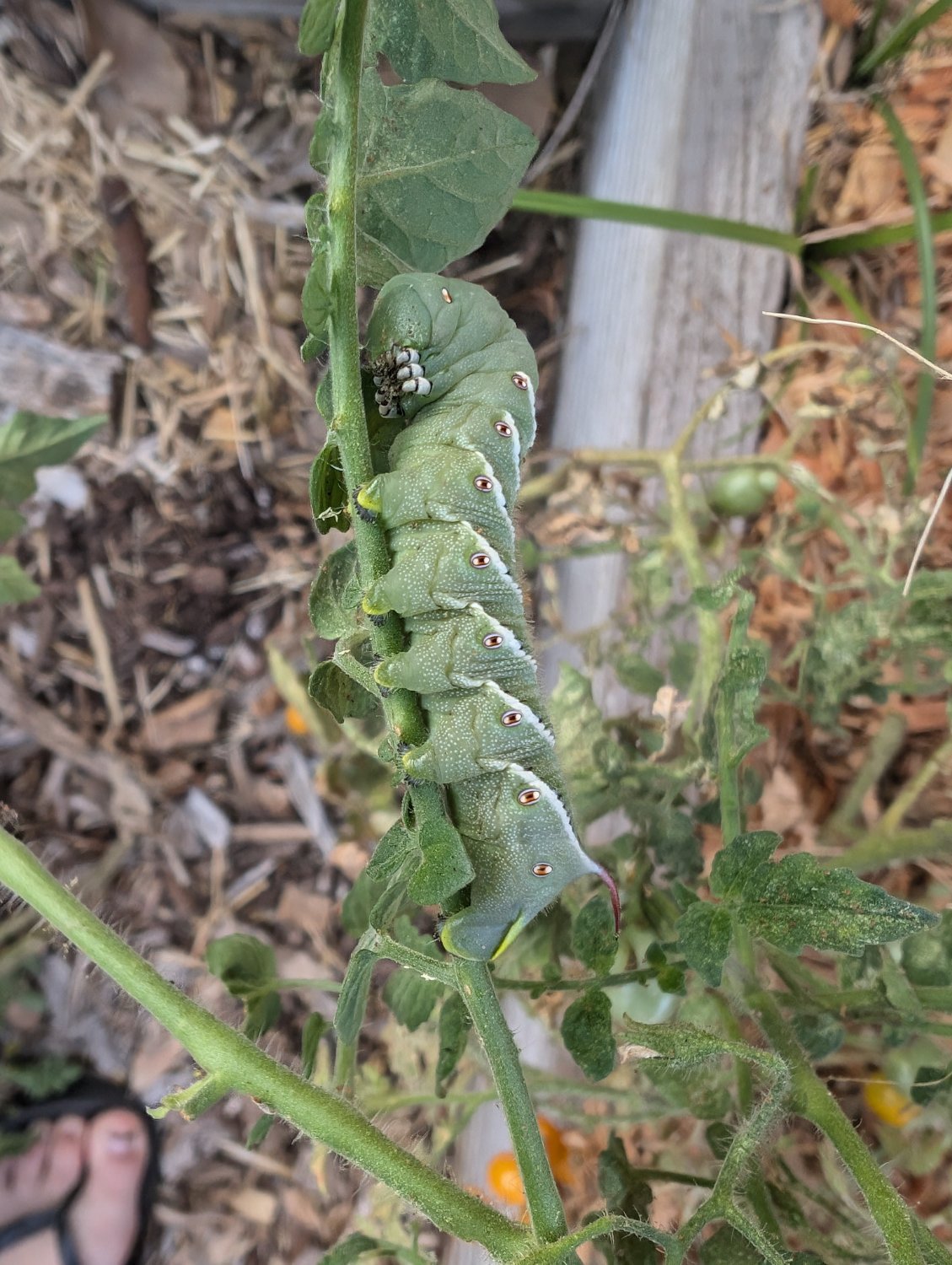this post was submitted on 15 Jul 2024
209 points (97.7% liked)
Gardening
3465 readers
8 users here now
Your Ultimate Gardening Guide.
Rules
- Be respectful and inclusive.
- No harassment, hate speech, or trolling.
- Engage in constructive discussions.
- Share relevant content.
- Follow guidelines and moderators' instructions.
- Use appropriate language and tone.
- Report violations.
- Foster a continuous learning environment.
founded 1 year ago
MODERATORS
you are viewing a single comment's thread
view the rest of the comments
view the rest of the comments

Predator mites work best on corn (they eat the pollen) and in the greenhouse. As you've noticed when it gets hot they don't do as well.
Stethorus punctillum work for when it gets hot.
Yeah, would be nice if I were in a closed environment and could keep them from running away!
I've tried neoseiulus californicus and galendromus occidentalis, and also zelus renardii as a generalist predator. I've considered stethorus punctillum, might have to give them a shot too.
Putting out the assassin bugs with the predatory mites is not a good idea. They are indescriminate hunters. They also tend to fly away. They do a better job on aphids and whiteflies in my experience.
The G. occidentalis usually only works in cooler temps below 90F. Above that their populations crash. They are awesome in a temperature controlled greenhouse.
N. californicus can take the heat but need high levels. This is why they work in corn. Apply them at tasselling and they reproduce on the corn pollen rapidly. They then can suppress spider mites for the rest of the season. Otherwise you are left releasing every 2 weeks for the rest of the season. It works but it's expensive.
That's a fair point, didn't consider that my generalists would probably also be happy snacking on my good guys. I released them along with the G. occidentalis back in May when it was much cooler, in the hopes of preempting the spider mite spread.
The N. californicus I released in mid June, and though I didn't happen to grow any corn in the garden this year, hopefully the volume of spider mites is enough to keep them well fed.